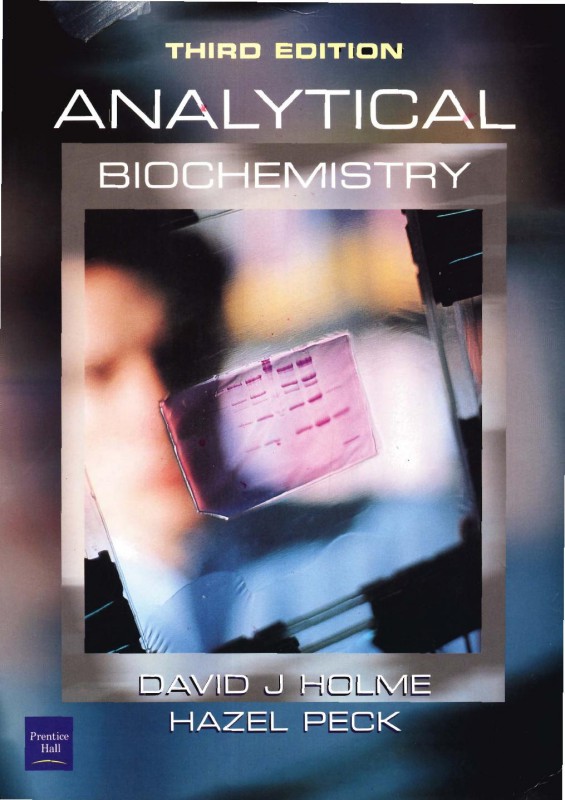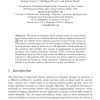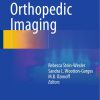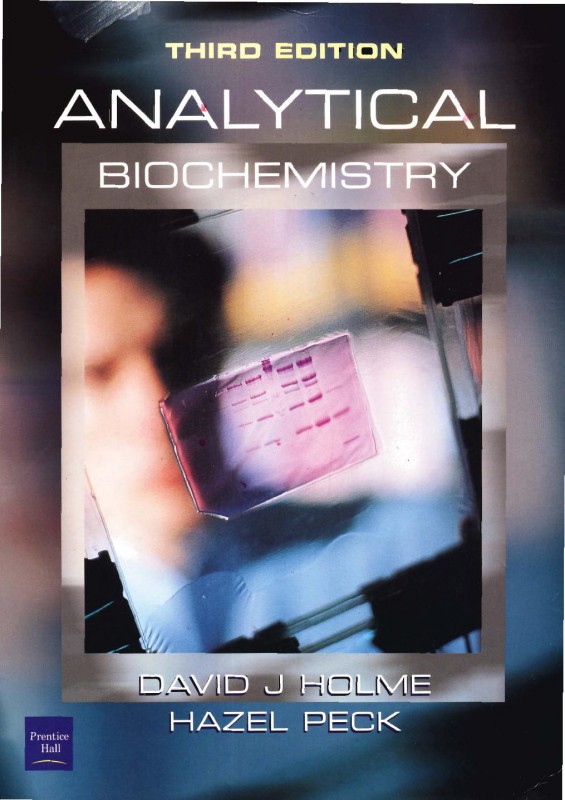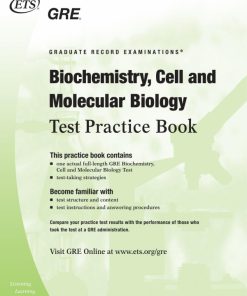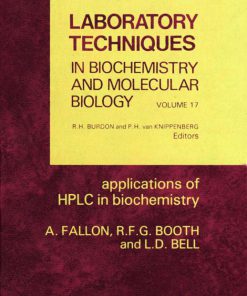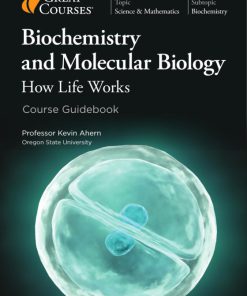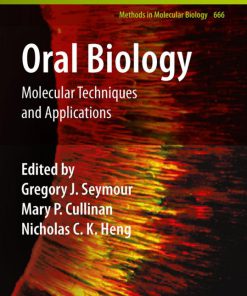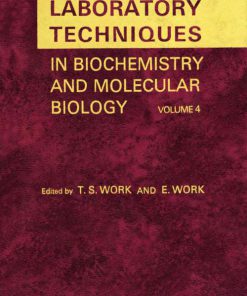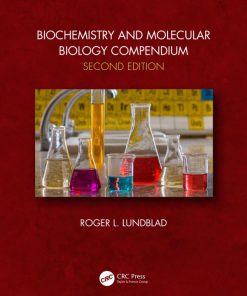Bioanalytics: Analytical Methods and Concepts in Biochemistry and Molecular Biology 1st edition by Friedrich Lottspeich, Joachim Engels ISBN 3527694463 97
Original price was: $50.00.$25.00Current price is: $25.00.
Authors:Friedrich Lottspeich; Joachim W. Engels , Series:Gynecology & Obstetrics [57] , Tags:Science; Biotechnology; Chemistry; General , Author sort:Lottspeich, Friedrich & Engels, Joachim W. , Ids:9783527339198 , Languages:Languages:eng , Published:Published:May 2018 , Publisher:John Wiley & Sons , Comments:Comments:Analytical methods are the essential enabling tools of the modern biosciences. This book presents a comprehensive introduction into these analytical methods, including their physical and chemical backgrounds, as well as a discussion of the strengths and weakness of each method. It covers all major techniques for the determination and experimental analysis of biological macromolecules, including proteins, carbohydrates, lipids and nucleic acids. The presentation includes frequent cross-references in order to highlight the many connections between different techniques. The book provides a bird’s eye view of the entire subject and enables the reader to select the most appropriate method for any given bioanalytical challenge. This makes the book a handy resource for students and researchers in setting up and evaluating experimental research. The depth of the analysis and the comprehensive nature of the coverage mean that there is also a great deal of new material, even for experienced experimentalists. The following techniques are covered in detail: – Purification and determination of proteins – Measuring enzymatic activity – Microcalorimetry – Immunoassays, affinity chromatography and other immunological methods – Cross-linking, cleavage, and chemical modification of proteins – Light microscopy, electron microscopy and atomic force microscopy – Chromatographic and electrophoretic techniques – Protein sequence and composition analysis – Mass spectrometry methods – Measuring protein-protein interactions – Biosensors – NMR and EPR of biomolecules – Electron microscopy and X-ray structure analysis – Carbohydrate and lipid analysis – Analysis of posttranslational modifications – Isolation and determination of nucleic acids – DNA hybridization techniques – Polymerase chain reaction techniques – Protein sequence and composition analysis – DNA sequence and epigenetic modification analysis – Analysis of protein-nucleic acid interactions – Analysis of sequence data – Proteomics, metabolomics, peptidomics and toponomics – Chemical biology

